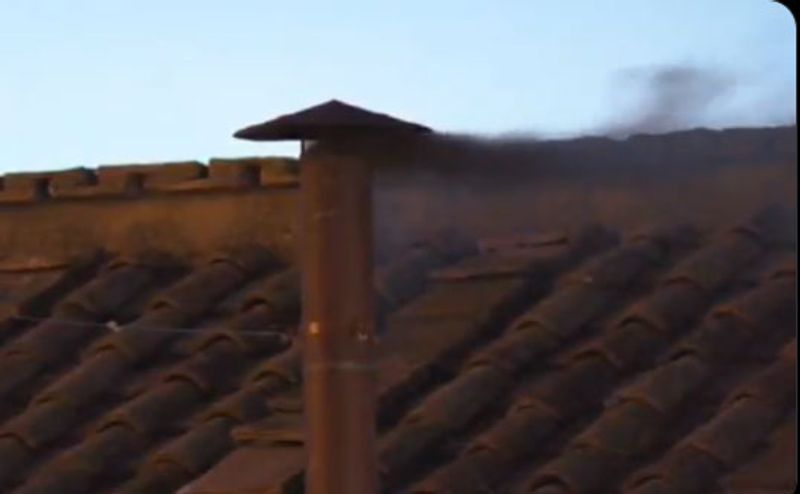
The hopes of approximately 45,000 faithful gathered in St Peter’s Square were dashed at 21:00 local time on Wednesday as black smoke billowed from the chimney of the Sistine Chapel. This centuries-old signal indicated that the cardinal electors, sequestered within the chapel since the afternoon, had not reached the required two-thirds majority to elect the 267th Pope on their first ballot.
The doors of the Sistine Chapel were closed earlier in the day with the solemn pronouncement “Extra omnes,” Latin for “Everyone out,” marking the beginning of the highly secretive conclave. The cardinal electors, numbering 133 from around the globe, then began the momentous task of choosing a successor to the late Pope Francis, who passed away on April 21st.
According to Vatican News, the black smoke signifies that the voting will continue on Thursday morning. The cardinal electors are expected to reconvene in the Sistine Chapel around 10:30 am Rome time to cast further ballots. The traditional process involves up to four rounds of voting each day – two in the morning and two in the afternoon – until one candidate secures the necessary two-thirds plus one majority.
Among the large crowd patiently awaiting news in St Peter’s Square was Deacon Nicholas Nkoronko from Tanzania. Speaking to Vatican News, Deacon Nkoronko articulated the sentiments of many, stating, “Our role here is to pray and to join with other Christians, other Catholics, to pray for the Holy Spirit to guide the whole process.” He further emphasized the universal desire for the next pontiff, saying, “Wherever the new Pope comes from, whether it’s Africa, Asia, America, what we need is we need a holy Pope. We need a Pope who will guide the Church and will be the pastor of the Church.”
The emergence of black smoke after the first day is not unexpected in modern papal elections. In recent history, it has typically taken several rounds of voting and at least a couple of days for a new Pope to be elected. For instance, Pope Benedict XVI was elected on the fourth ballot in 2005, and Pope Francis was chosen on the fifth ballot in 2013. The longest conclave in history stretched for nearly three years in the 13th century.
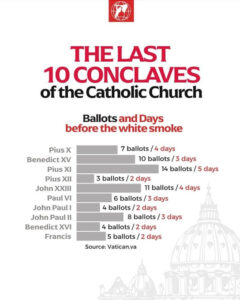
The cardinal electors are currently residing within the Vatican’s Casa Santa Marta guesthouse and are under strict orders of secrecy, with communication to the outside world strictly prohibited to prevent any undue influence. The ballots from each voting round are burned in a special stove within the Sistine Chapel. Chemicals are added to produce black smoke when no Pope is elected, and white smoke when a successful election occurs.
The world now waits in anticipation for the resumption of voting on Thursday, hoping to witness the white smoke that will signal the election of the new leader of the Catholic Church. The identity of the next Pope remains a closely guarded secret, with various names circulating but no clear frontrunner having emerged publicly. The challenges facing the new pontiff are significant, including navigating geopolitical complexities, addressing divisions within the Church, and responding to the ongoing issues of declining priest numbers and the legacy of the clerical abuse scandal.

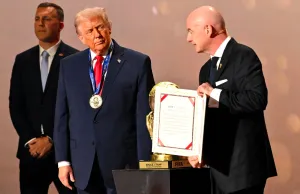
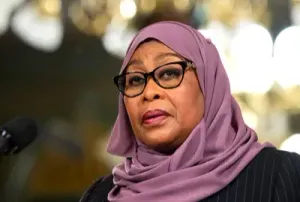
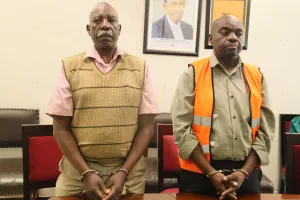

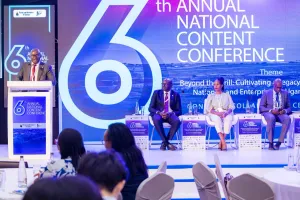


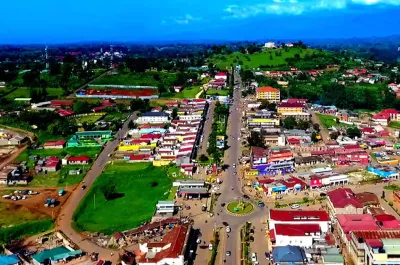
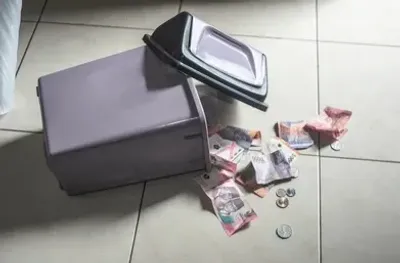

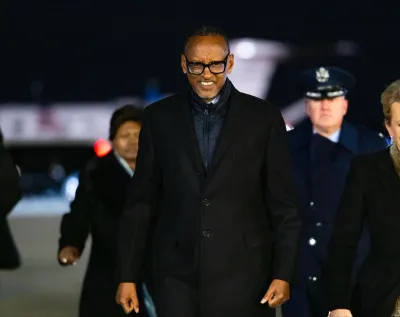
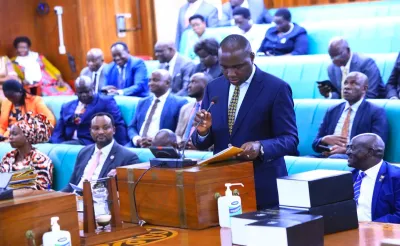

Sunrise Reporter
Leave a Comment
Your email address will not be published.